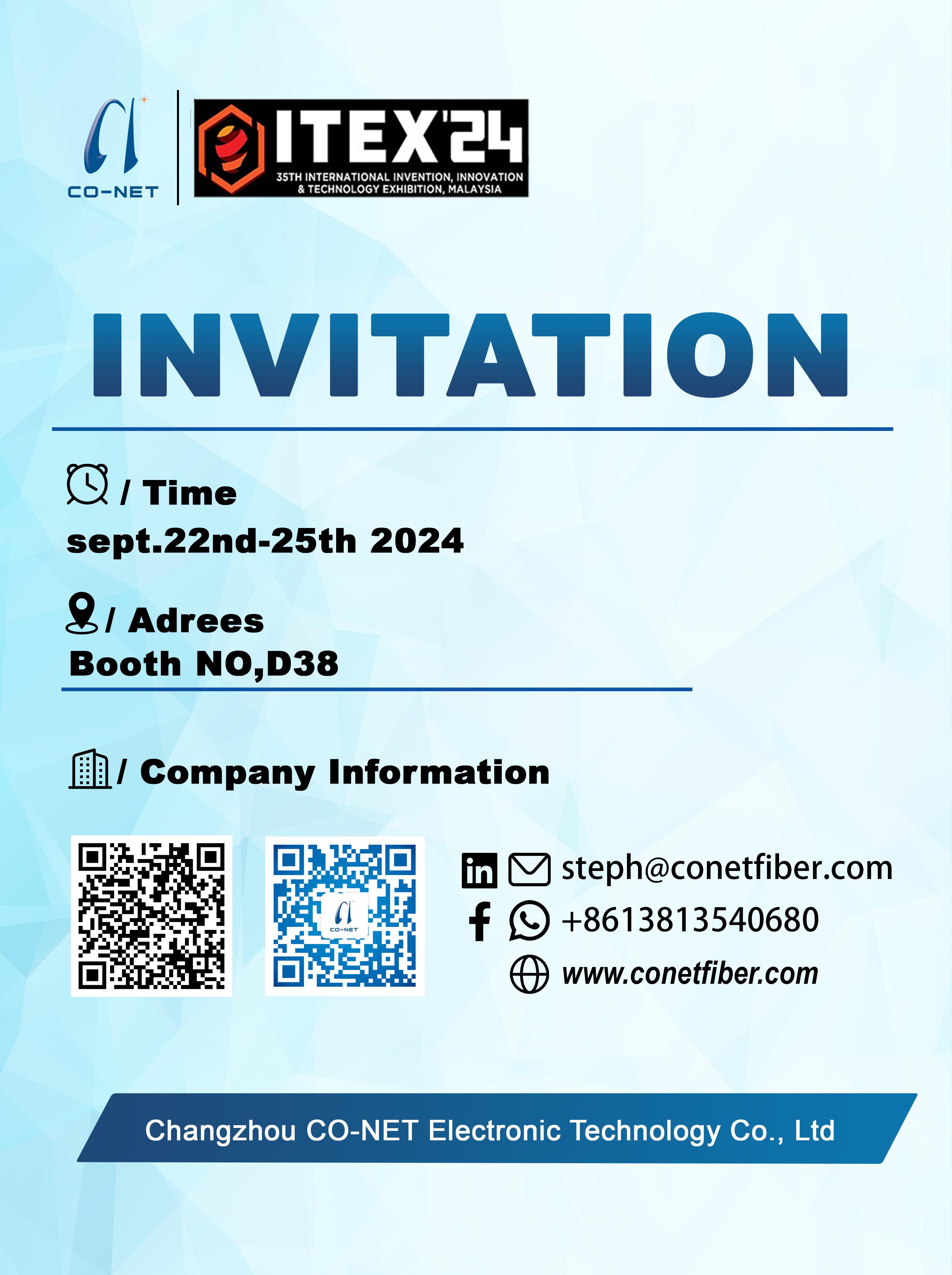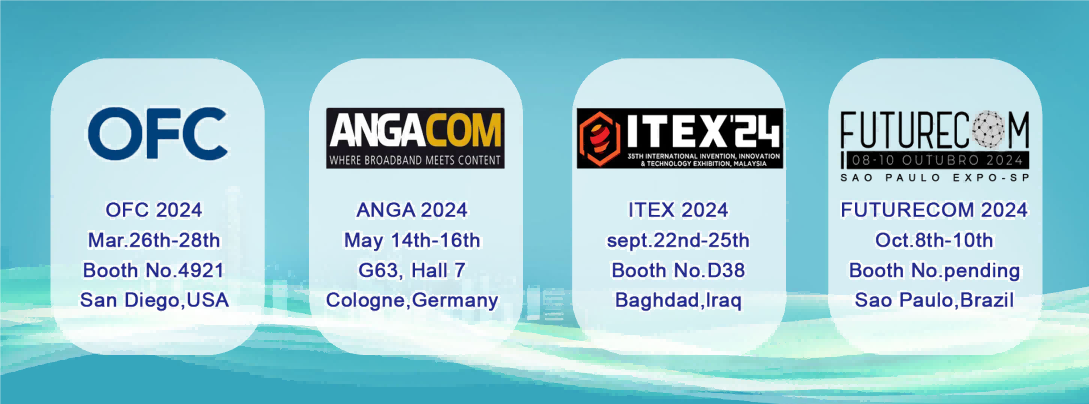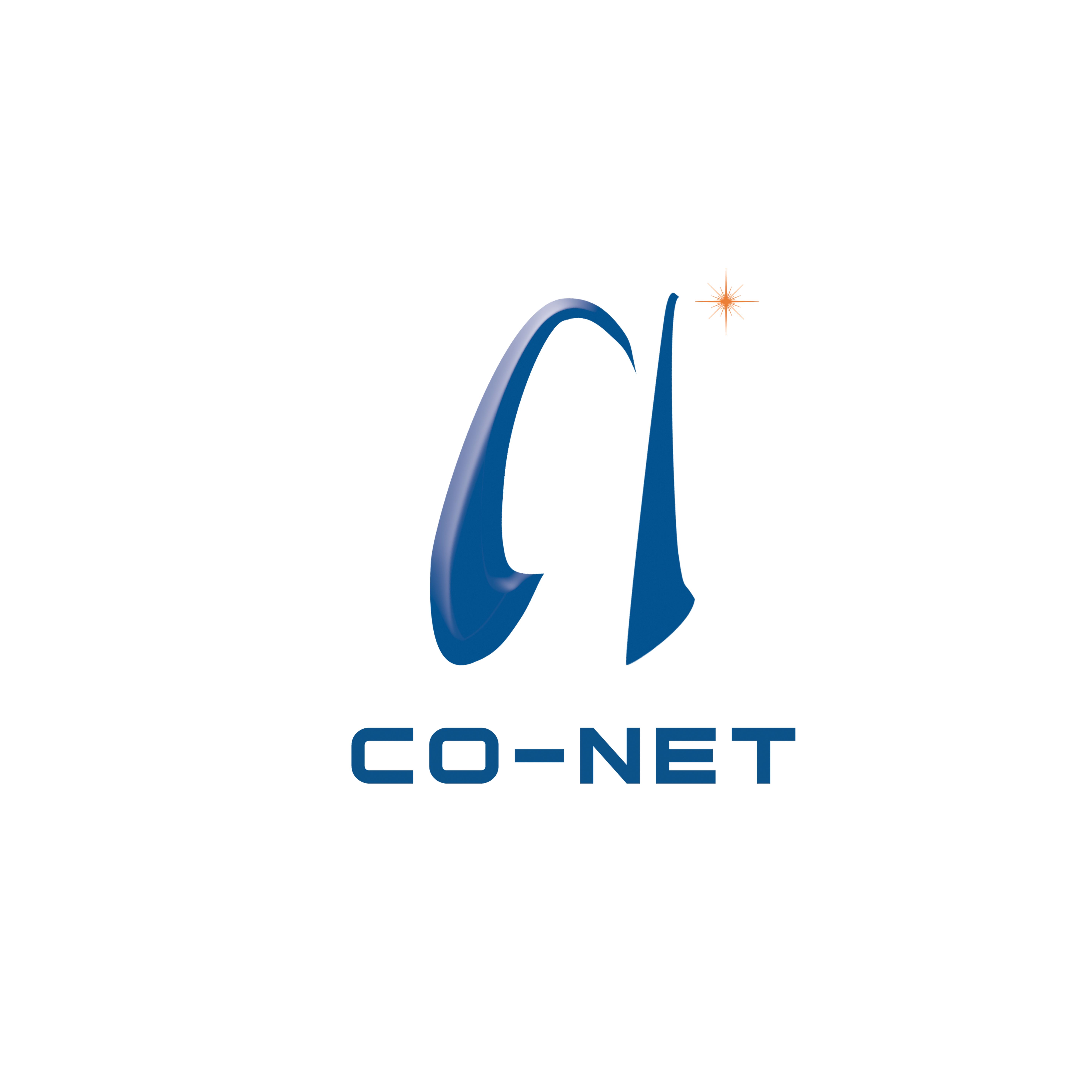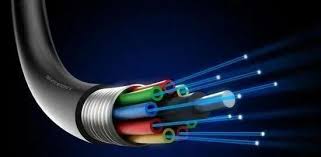What are the design principles for fiber closure?
16/08/2024Fiber Optic Closure uses a high-strength engineering plastic shell that can withstand harsh conditions such as vibration, shock, tensile cable deformation and strong temperature changes, and uses reusable parts to open the seal to ensure good air tightness. No special tools are required, and copies can be easily installed and opened. A fiber-optic enclosure box is an enclosure that acts as an optical termination point between the optical distribution cable and the optical lead-in cable. It is designed to support antenna fiber access networks, especially FTTH. The radome consists of two separate compartments: a distribution cable connector section and a lead-in terminal section. The distribution cable connector section houses the fiber connectors and stores the buffer tube or ribbon fiber slack base, while the lead terminal section houses the 1:8 splitter and eight drop cables. It can be extended to 1:16 splitters and 16 breakout cables. Main features of fiber optic closure: 1.4 ports for distribution cables and 16 ports for breakout cables 2.1×8 PLC splitter for internal installation 3.In-line antenna closure device for outdoor use 4.UV-resistant, waterproof, anti-aging 5.Compact design and lightweight










